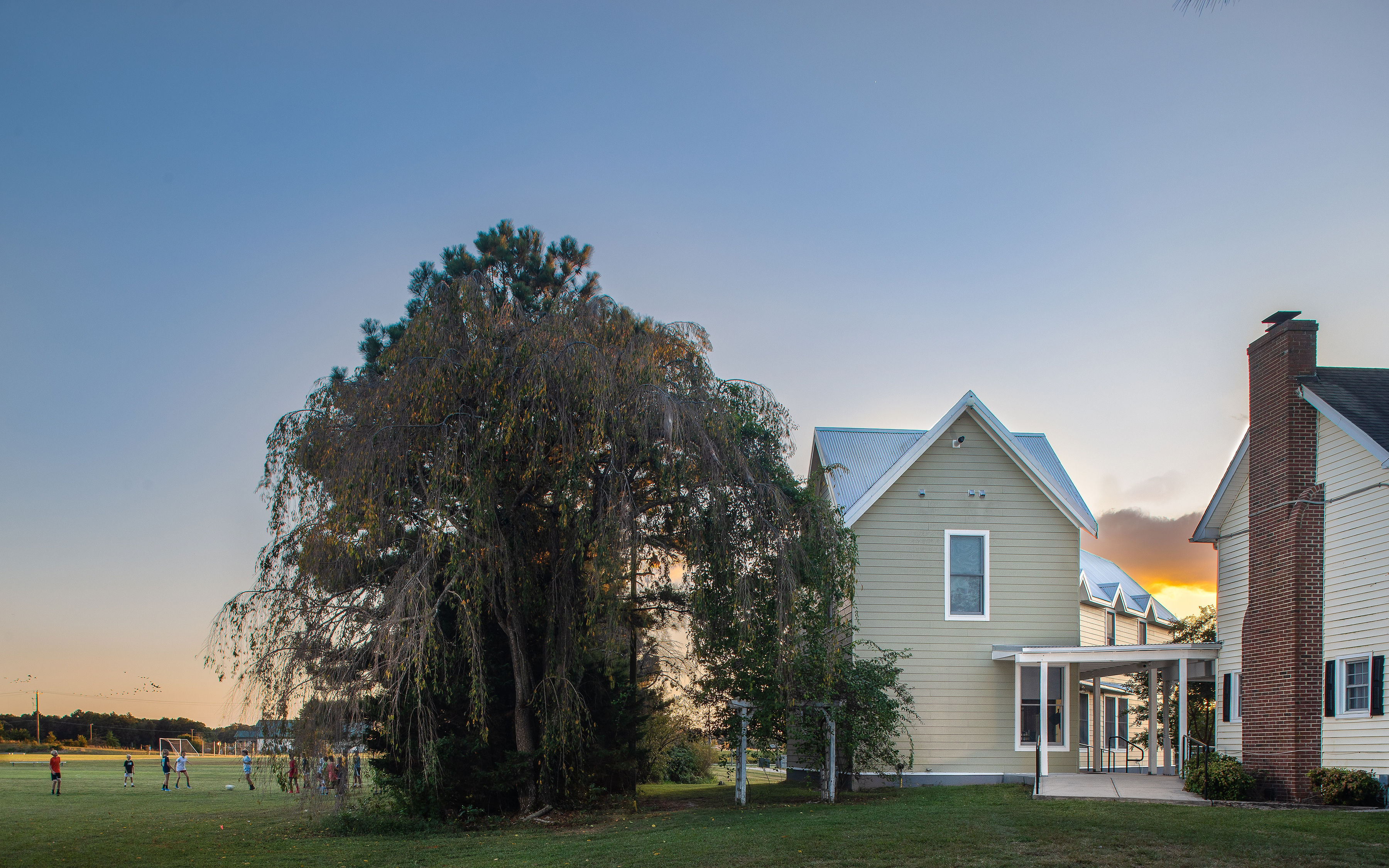The relationship between an architect and client varies quite a bit – in fact, the first thing the architect must design is the best working process for that particular client. However, there is one general principal that is important in almost all cases, and that is:
It is the clients primary job to define the design problem, and the architects primary job to find the design solution.
What that means is that the client needs to define the needs and constraints of the building. “What building design will give me X square feet and cost less than X dollars and be sustainable and reflect my values?” “What design will project my company ethos visually?”, or “How do you design a space that works for my current needs but is flexible enough to adapt to future uses?”. These are all the parameters of the problem the architect must address. Only the client knows these things, although it is the architects job to help the client discover and articulate them.
There are some aspects of the design problem that the architect must provide, such as understanding the code restraints, climatological forces, and site history and context. But for the majority of the factors affecting the project, the client is the expert on the design problem to be solved.
The architect is the expert in solving the design problem once it has been well defined. Ideally, the architect will explore numerous design solutions, and through consultation with the client, find the one that works best for that particular project.
This relationship holds all the way through the project. If the architect presents a design solution, and the client says “I want to move this wall four feet’”, then the process becomes less efficient. The architect doesn’t know why the client wants to move the wall, and the client doesn’t know all of the different aspects of the design that will be affected by the change. The client is no longer defining the problem. Moving a wall is part of the solution. If instead, the client says “I need for this room to accommodate larger equipment in the future”, then the architect can explore different ways to achieve that, optimizing all parts of the design.
Likewise, the architect needs to be careful not to make assumptions about the design problem. It is the architects role to be a good listener and dig deep into the actual needs (perhaps different than the originally stated needs) of the client. This can be a complex process. It is not enough for the architect to say “tell me what spaces you need and their relationship to one another”. The architect must go deeper – “why do want that space, how will you use it now, how will you use it in the future, what time of day will you use it”, etc… Through deep examination the architect can help the client arrive at a definition of the design problem that the client may not have been able to articulate otherwise.
If the architect brings their own agenda or style to a project, they may not develop the best design for that particular client – they are inserting themselves into the definition of the problem. More on that subject later.


